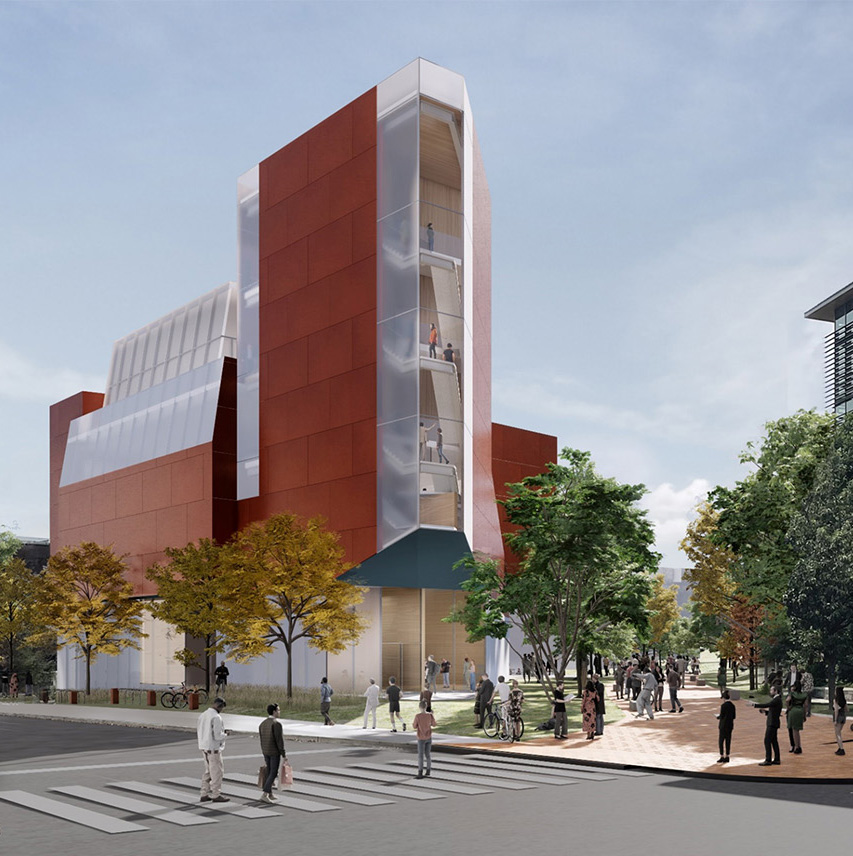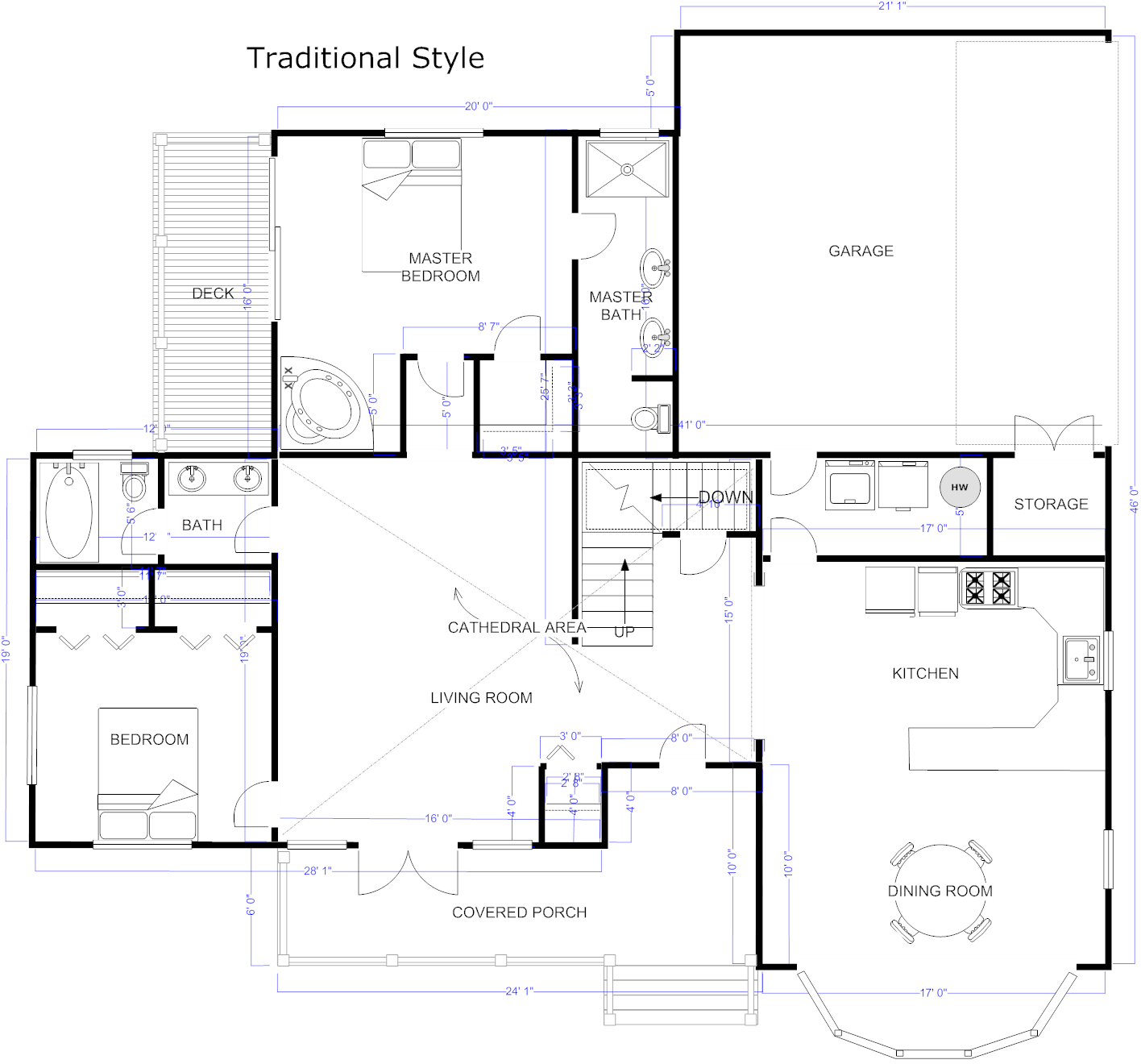Elevate Your Building Style with the Experience of CDA Architects
Elevate Your Building Style with the Experience of CDA Architects
Blog Article
The Influence of Technical Improvements on the Style Practices of Contemporary Architects
The fast advancement of technical devices has actually considerably reshaped the layout landscape for contemporary engineers, cultivating unprecedented degrees of advancement and sustainability. The assimilation of Structure Information Modeling (BIM), parametric layout, and expert system has not only structured collaboration among varied groups however additionally redefined project execution. As designers embrace these innovations, they are faced with complicated difficulties that could affect their innovative processes. Checking out these characteristics discloses a nuanced interplay between modern technology and traditional design techniques, motivating a closer assessment of what the future holds for architectural practices.
Development of Architectural Tools
Just how have architectural devices transformed the style and building and construction processes over the centuries? The development of building tools has substantially influenced the effectiveness, accuracy, and imagination of design and building and construction.
With the arrival of the Renaissance, the introduction of the compass and the protractor marked a crucial change. These devices allowed architects to achieve better accuracy in their designs, assisting in the introduction of more intricate and proportional structures. The Industrial Change better transformed architectural experiment the intro of mechanical devices and materials, permitting bigger and extra ambitious jobs.
In the 20th century, the advancement of computer-aided design (CAD) software transformed the landscape once more, supplying engineers with unmatched capabilities in modeling and visualization. Today, advanced devices such as Structure Info Modeling (BIM) and parametric design software program remain to push the boundaries of architectural development, making it possible for a more integrated strategy to style and building and construction procedures.
Enhanced Collaboration in Style
As modern technology remains to advance, enhanced collaboration in style has ended up being a foundation of modern building method. The combination of electronic devices such as Building Info Modeling (BIM), cloud-based systems, and progressed visualization software has actually transformed the way engineers, designers, and stakeholders interact throughout the style procedure. These devices facilitate real-time interaction, allowing teams to share ideas, adjustments, and feedback instantly, no matter geographical place.

In addition, interdisciplinary cooperation has been streamlined through these technical advancements, enabling designers to function much more carefully with other professionals, such as metropolitan planners and environmental consultants. The outcome is an extra cohesive technique to make that takes into consideration various perspectives and expertise. Eventually, boosted cooperation in layout is not simply a pattern; it is crucial for producing innovative, functional, and visually pleasing style in a significantly intricate world.

Sustainability Through Innovation
Sustainability in design has actually increasingly ended up being linked with technological advancement, driving the industry toward ecologically accountable methods. Contemporary engineers are leveraging innovative technologies to lessen ecological influence while enhancing the performance of structures. cda architects. One popular instance is using Structure Details Modeling (BIM), which allows for accurate preparation and resource allocation, minimizing waste throughout building and construction and promoting power effectiveness throughout a structure's lifecycle
Furthermore, clever materials and energy-efficient systems are being incorporated into designs to enhance source usage. Technologies such as solar batteries and green roof harness sustainable power resources, adding to reduced carbon footprints. Additionally, the application of expert system in layout procedures makes it possible for designers to replicate and assess power intake, guiding choices towards more lasting results.
The assimilation of lasting technologies not only aligns with international see this site ecological objectives however additionally fulfills a boosting need from consumers for environment-friendly services. As designers embrace these advancements, the focus changes in the direction of developing rooms that are not just cosmetically pleasing however likewise functionally sustainable, consequently redefining the criteria of modern style. This way, technology offers as a stimulant for sustainability, making it possible for engineers to design structures that regard and improve the natural surroundings.
Challenges in Implementation
While technical developments in architecture hold excellent promise for boosting sustainability, their application often experiences considerable difficulties. One key barrier is the steep understanding contour related to brand-new modern technologies. Designers and building and construction specialists might call for considerable training to successfully make use of innovative software program and tools, which can postpone project timelines and boost costs.
Additionally, the assimilation of emerging modern technologies, such as Building Information Modeling (BIM) and sustainable materials, usually demands partnership across multidisciplinary groups. This cooperation can be prevented by differences in experience, workflows, and interaction styles, resulting in possible disputes and inadequacies.

Furthermore, regulative frameworks and structure codes might not maintain pace with technological developments, creating obscurity and possible compliance concerns. This difficulty can dissuade architects from completely embracing brand-new technologies, as the threat of non-compliance may exceed the benefits. Attending to these implementation difficulties is essential for the effective integration of technical innovations in modern architectural methods.
Future Patterns in Style
The difficulties connected with the implementation of brand-new technologies in architecture have motivated a reevaluation of future fads within the sector - cda architects. As architects navigate issues such as sustainability, urbanization, and social equity, they are progressively adopting cutting-edge modern technologies to boost design effectiveness and environmental efficiency
One noticeable fad is the combination of fabricated intelligence (AI) in the design procedure. AI devices can examine vast datasets to notify layout choices, enhancing both creative thinking and capability. Building Details Modeling (BIM) proceeds to advance, allowing real-time cooperation among stakeholders and helping with streamlined job monitoring.
Sustainable design practices are also obtaining energy, with designers concentrating on adaptive reuse and regenerative design principles that minimize source consumption and waste. The unification of smart products and renewable energy resources will certainly further boost the durability of structures when faced with environment change.
Additionally, the increase of parametric design enables even more personalized and context-sensitive architectural remedies (cda architects). By harnessing these improvements, designers are poised to develop constructed environments that not just deal with try this the prompt needs of culture but also expect future obstacles, thus redefining the function of style in an ever-changing world
Conclusion
Technical advancements have actually dramatically great site reshaped architectural layout methods, promoting improved precision, collaboration, and sustainability. The integration of tools such as Building Information Modeling and parametric layout software, along with fabricated knowledge and smart products, encourages architects to attend to complicated challenges extra successfully. While application might offer specific obstacles, the ongoing development of these technologies guarantees to drive technology in architecture. Future fads will likely even more highlight sustainability and effectiveness, eventually redefining the developed setting.
Report this page